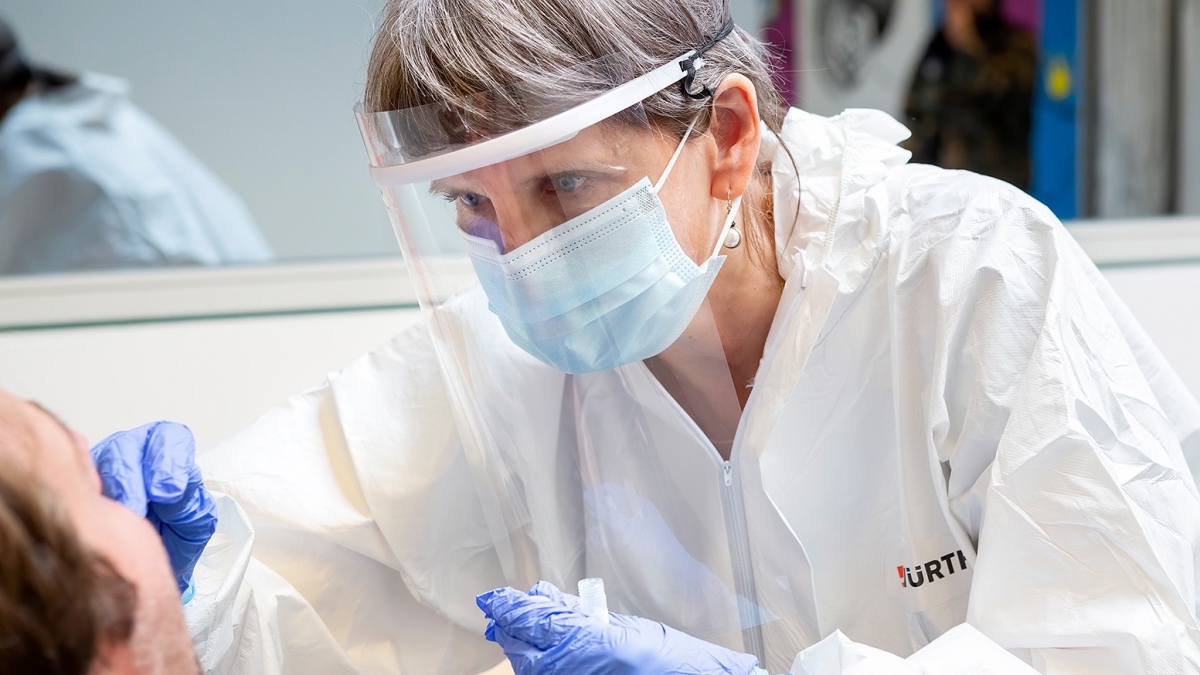Labour force, survey
24. Jan 2022
Men and women: Faroese labour force Europe’s most active

The activity rate – the labour force in % of the working-age population – is 83.6% averaged over both sexes, 85% for men and 82% for women.
The Faroese labour force has increased by just over 2,000 people in the past five years. The increase has spread unevenly across the two sexes, by approximately 1.200 men and 800 women.
These are some of the key findings of the labour force survey conducted by Statistics Faroe Islands in November 2021. A detailed report with analysed figures can be found in the statbank. At the end of this article, you will find a short description of the labour force survey.
Included in the labour force are all employed individuals, including employees, independent traders, employers, unemployed people available for work and individuals who carry out unpaid work for family businesses. Not included in the labour force are young full-time students, people unavailable for work due to disease or reduced ability and people who have left the labour market due to age or other limitations. In statistical terms, these groups are classified as being part of the inactive population.
Europe’s smallest activity rate gap between men and women
As previous labour force surveys have also shown, the Faroe Islands are again confirmed to have the biggest labour force in Europe relative to the population. In previous years, Iceland has comes close in comparison, however the differences now is bigger, both in terms of men and, even more considerably, in terms of women, as the Faroe Islands saw an activity rate of 82% for women, compared to Iceland’s 75%.
The chart below, compiled by Eurostat, compares the Faroe Islands with 35 other European nations.
- For men, the Faroe Islands lead the way with an activity rate of 85%, followed by Iceland (83%). The third highest figure for men is in Switzerland (80%), and then follows Sweden (76%). The EU average is 69%. The lowest activity rate for men is in Croatia (63%), which is closely followed by Belgium and France with almost equally low figures.
- At 82%, Faroese women have by far the highest activity rate in Europe. Iceland is second at 75%. Denmark’s activity rate is 66%. The EU average is 58%. Turkish women have the lowest activity rate at 33%, followed by Italy’s 48%.
In all countries except the Faroe Islands, activity rates for women are significantly lower than for men. In the Faroe Islands, the difference is only 3%. In Iceland, this difference is 8%, while it is 7% in Denmark. The average difference in the EU is 9%. By far the greatest activity rate difference between the two sexes is in Turkey, with 71% for men and 33% for women.
[Mynd: vinnutíttleiki í Føroyum, ES og 35 evropeiskum londum]
About the labour force survey
The labour force data is compiled in accordance with provisions from the International Labour Organization, an agency under the UN. This enables direct comparisons between Faroese figures and corresponding figures from other countries.
The size of the labour force is determined from a comprehensive survey of official registers such as the national register, the PAYE system, the tax statement register, the VAT register, the employment service and grant registers in the social and education ministries.
The findings are also based on surveys of approximately 1,000 individuals for whom there is insufficient data in the labour force registers. The labour force survey consists of answers from full-time residents in the Faroe Islands aged 15-74. Anyone who spent more than one hour on commercial work in the one-week survey period in November 2020 is classified as engaged in active employment, even if the work was unpaid. Unemployed people are only classified as such if they are actively looking for jobs or are prepared to start work within two weeks. Those who are neither employed nor unemployed are classified as being part of the inactive population.